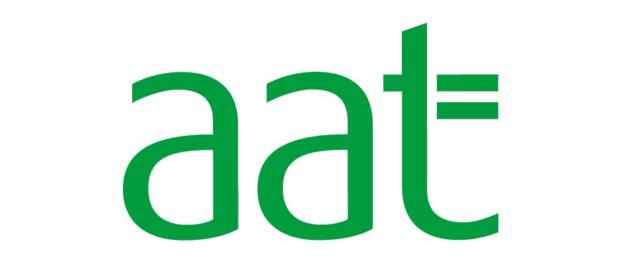
Managing your money as a small business owner or sole trader can seem overwhelming. You didn’t go into business to become an expert in accounting or bookkeeping, but keeping a close eye on your finances is crucial.
We’ll explain what a cash flow forecast is and how you can use one to improve your business’ cash flow.
What is a cash flow forecast?
A cash flow forecast shows what money is going in and out of your business, helping you to manage your working capital effectively. It’s an important part of your business plan.
Why is forecasting important?
If you’ve got a clear understanding of what you’re earning and spending every month, you’ll be in a better position to manage your cash flow.
You’ll be able to:
- Better understand your financial position
- Easily identify any shortfalls
- Ensure you can make payments to suppliers or employees
- Provide it to banks when applying for business loans
- See the financial health of your business
How to track your income
The money coming into your business is split into two main categories – sales income and non-sales income.
Sales Income
A sales forecast is prepared to identify the value of goods or services that your business expects in a given period. It shows when sales are a made or services are provided.
By using this sales forecast, along with details of the credit terms offered to customers, you can begin to forecast cash receipts.
What is a cash receipt?
A cash receipt is an amount of money received by a business. It could be a customer paying for goods or services, interest on investments or additional funding paid in.
A cash receipts forecast considers when the money for those sales is paid by the customer. It’s useful to ask yourself some key questions to help your predictions:
Do you offer credit terms?
If you let customers pay for goods or services within 30 days of the invoice date, then the cash receipts forecast will show funds coming in to the business the month following the provision of services or sale of goods.
If you offer a variety of credit terms, then you need to take this into account.
When do your customers pay?
Even if you offer certain credit terms, you may have specific customers who pay early or late. Looking at previous sales and payment records will help to identify these trends and help you to build this into your cash receipts forecast.
Are you VAT registered?
If your business is VAT registered, then your sales forecast will show income exclusive of VAT. However, your cash receipts should show income inclusive of VAT, as this is the value your customer will be paying.
Non-Sales Income
Not all your income might come from sales, including bank loans, interest or any rent you might receive. Whilst regular monthly receipts may be easy to forecast, don’t forget about any one-off receipts.
You need to consider any additional funding sources you have and record when you expect to receive this money.
How to track your expenses
After forecasting your sales, you need to consider the cost of producing the goods or supplying the services to meet that level of sales. To forecast cash payments, you need to consider all costs that relate to your operations. Reviewing your bank statements should help you to identify and forecast these cash payments.
Direct costs
This includes direct costs of producing the goods or supplying the services, such as:
- Materials
- Employee wages
- Packaging
- Advertising
Indirect costs
Some indirect costs may be paid on a monthly basis, such as:
- Rent
- Utilities
- Travel costs
- Phone bills
- Any incidental expenses
Keeping on top of your cash
Regularly updating your forecasts and monitoring your finances will help you to know if you’re in line with your predictions, and act as soon as possible.


